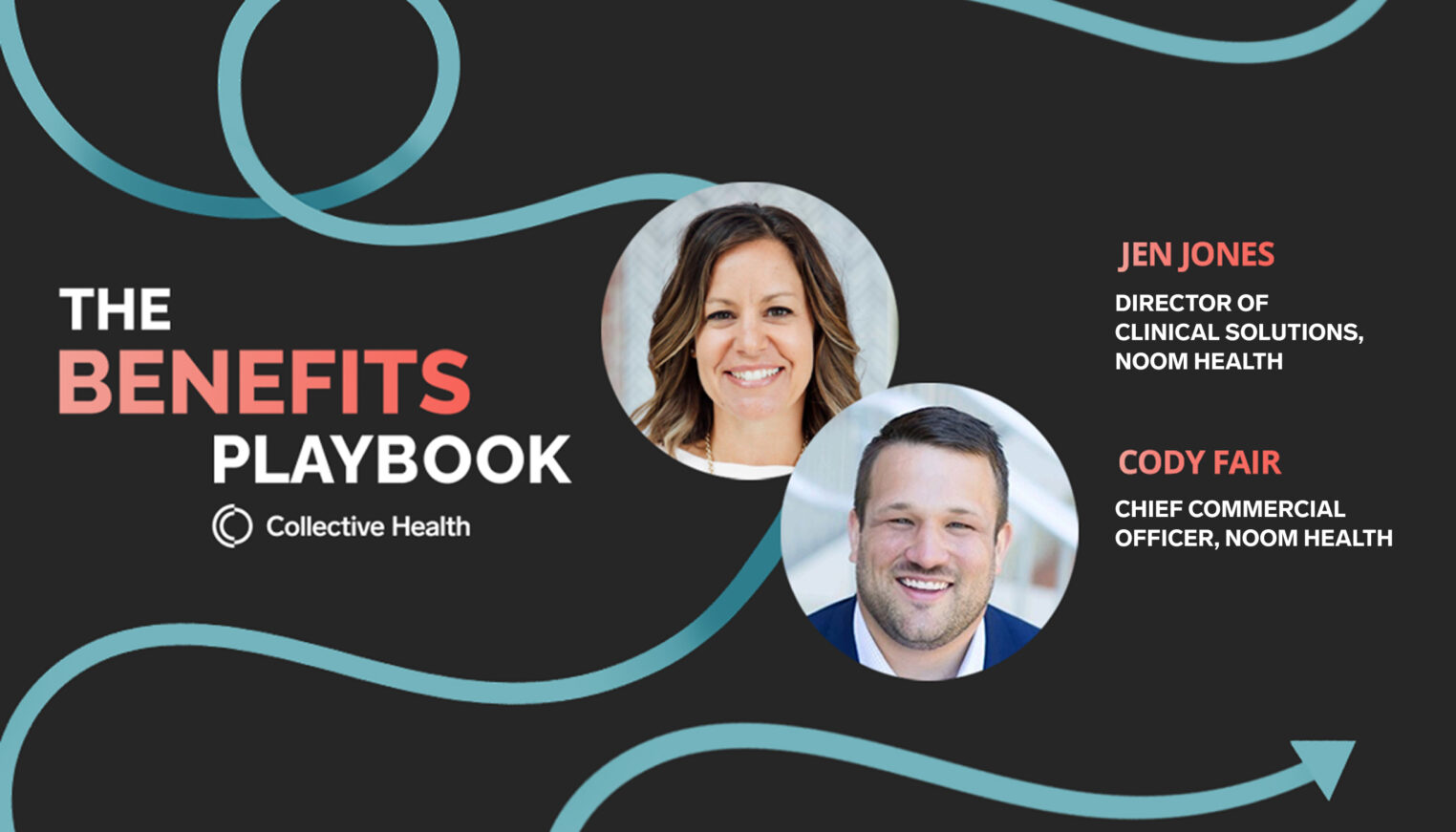Health benefits planning is complex. Each time you make changes, you are carefully balancing the needs of your company with the needs of your people and negotiating ever-changing options from your partners and providers. But as you move forward, it’s important to make sure you’re not building your health plans based on some of the foundational misconceptions that traditionally plague benefits teams throughout the process.
Myth #1 – People hate change.
With the amount of time and energy you spend designing a plan and communicating benefits to your people, it can feel like making changes will just give them one more thing to worry about.
Recommendation: In fact, it’s possible that they’ll notice you’ve been particularly responsive to what you’ve learned about their experiences with your past plans. Employees need to hear that their concerns from the previous plan year have been addressed in the new plan design. When these changes are implemented and communicated clearly, the wave of questions and concerns will calm down as your people have a better experience throughout the year.
Myth #2 – The plan we already have reflects our good past decisions.
Maybe! But maybe not. Previous plans may have been designed with different goals and objectives, or with different available options to choose from. They also may be designed to support demographics that are no longer representative of your population.
Recommendation: As you document plan design year to year, make sure to document the intentions behind your design choices. You’ll provide yourself and your future teams with actionable information as they evaluate plan success.
Myth #3 – Session limits are an important component of cost reduction.
Imagine if one of your people tore his ACL playing basketball. After ten sessions of physical therapy, he’s still in a lot of pain when he tries to extend his leg fully. The right answer, in this case, might be to extend therapy to the point until his doctor feels it is no longer medically necessary, whether that’s fifteen sessions or twenty-four.
Recommendation: In today’s competitive environment, many employers choose to move away from session limits to convey to their people a commitment to optimal health rather than a “nickel and dime” approach.
Myth #4 – Plan design is always the answer.
It’s tempting to redesign your plan to fix cost or satisfaction drivers that have come up over the past year. People often try this approach because it feels easier than starting something new or because it can seem like partnering with another solution might introduce new challenges they won’t be able to control. But often, other programs or solutions can help you achieve your benefits or wellness goals in a more effective way.
Recommendation: Evaluate solutions outside of plan design. A thoughtful alternative program may help you cut costs, increase satisfaction, and give you additional insight into your health benefits plan.
With the right tools, health care planning doesn’t need to perpetuate these myths and misconceptions. Benefits teams can create an integrated health experience that empowers employees to feel confident about their coverage and to make better choices about their health.



